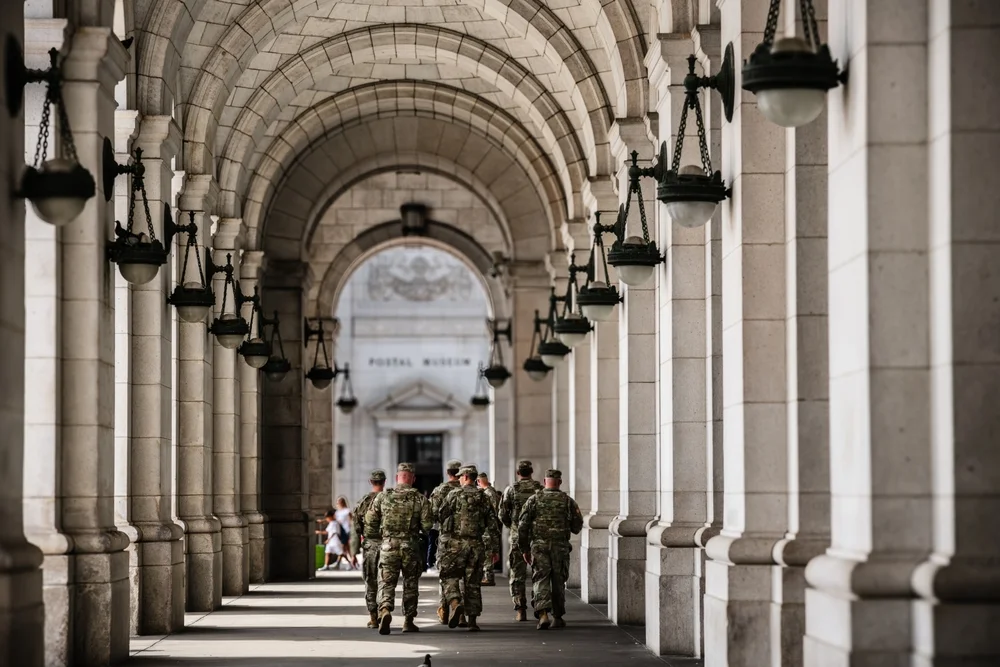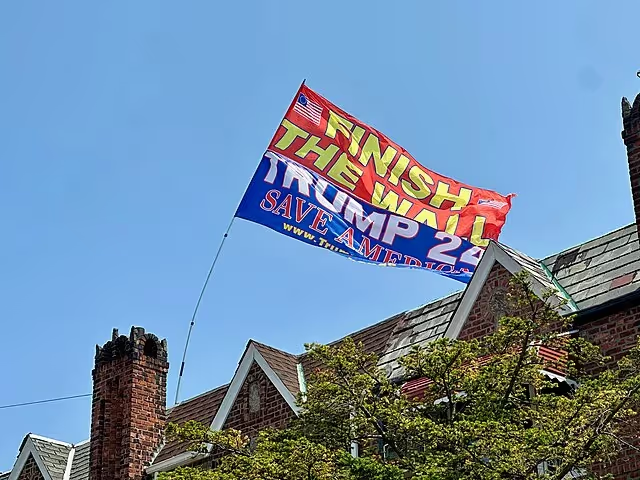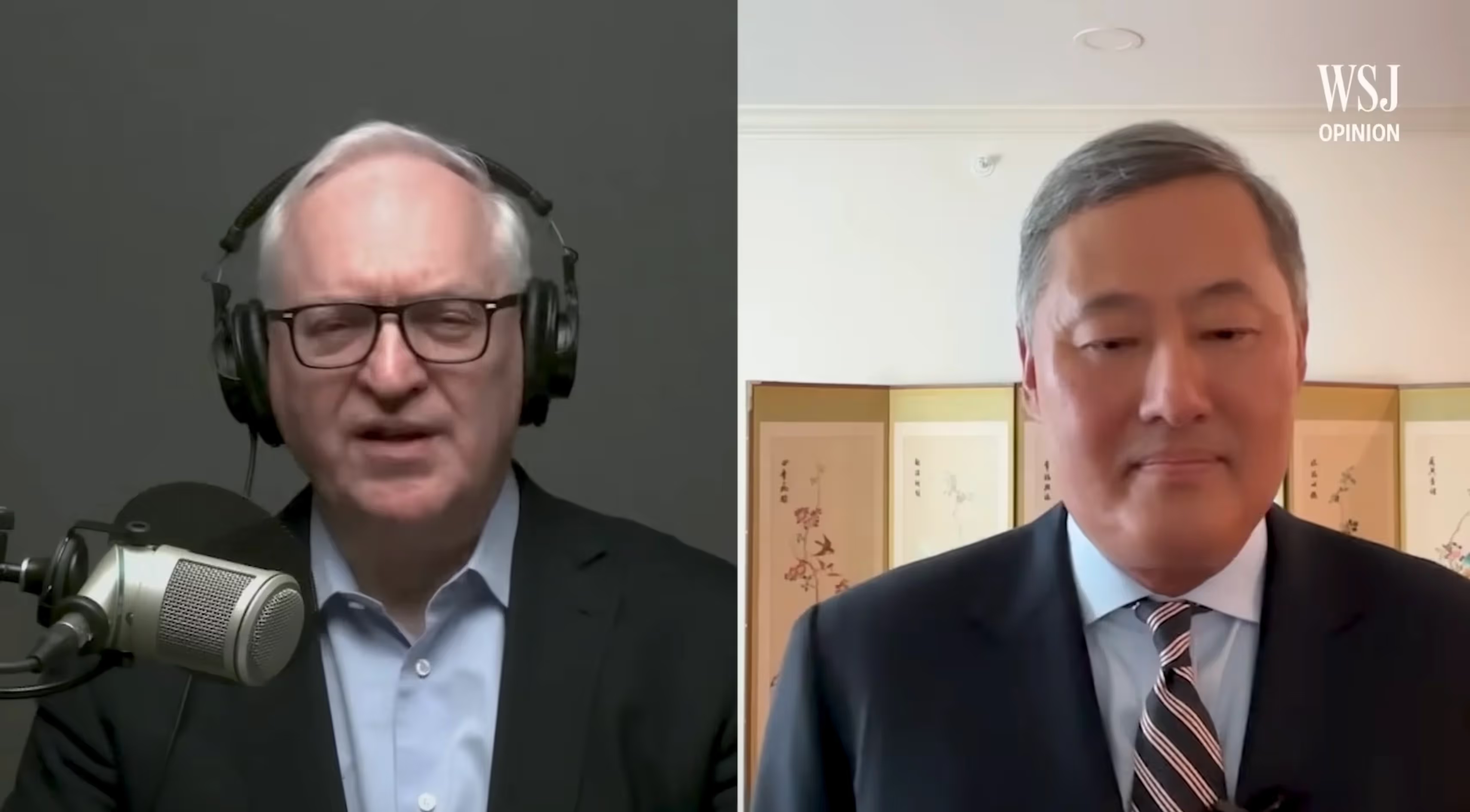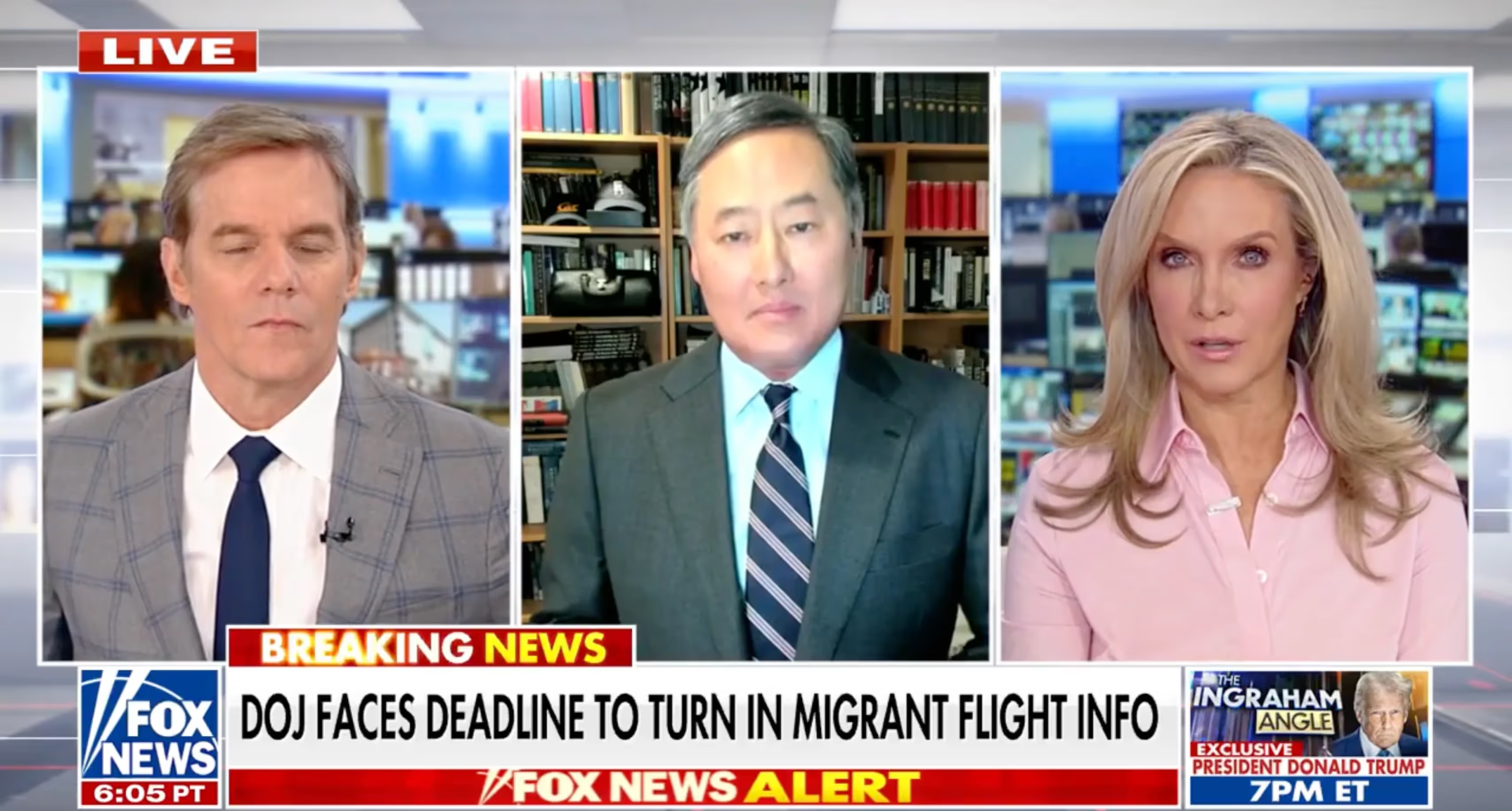
Big Worries about the Gaza Cease-fire
The Gaza Cease Fire's uncertain fate depends on local and extrinsic sources that no one can control.
Even before he was in office, President-elect Trump was in a hurry to clinch a cease-fire in Gaza to hopefully remove one item of fierce contention from the table before he assumed office. He charged his buddy developer, Steve Witkoff, Jewish and long on savvy but short of diplomatic experience, to make that deal happen, which he did by forcing Netanyahu to take an immediate meeting on the Sabbath to move things swiftly along. And lo, just that happened, and out of that meeting came a cease-fire deal best described as a collaborative effort between Biden and Trump. Yes, that is deeply ironic, given that Biden was always trying to hamstring Israeli military efforts to wipe out Hamas, while Trump was already on record as saying in bold caps that there would be “HELL TO PAY” if the hostages were not all released before Trump took office on January 20.
The deal was indeed made on a complex set of terms which did not and could not, result in the immediate release of the hostages. The first question is why there had to be a deal. Everyone, including the International Criminal Court, knows that it was flatly illegal for Hamas to take hostages. Hence, the Israelis would have been within their rights if they had said that the release of hostages must be completed before any cease-fire negotiations could begin. But the deal as concluded does not come close to meeting these requirements, given that Israel will receive back over the entire deal—if it lasts that long—some 33 hostages, comprising women, including female soldiers, children, and older men, but no male military members. Hamas, in turn, gets back some 1,900 hardened criminals, often imprisoned on life sentences for violent crimes. These will not include those Hamas members who participated in the October 7 attack, but the loyalties of those newly freed to Hamas are indistinguishable from those who are left out of the deal. New recruits are sure to join if the cease-fire ends.
Worse still, Hamas is overtly using the cease-fire to try to restore its hegemony in Gaza, with its shows of military strength and its conspicuous abuse and harassment of the Jewish hostages at the time of their release in front of large crowds of hostile demonstrators. Rest assured, there are no vocal moderate Palestinians either in Gaza or anywhere else, including the United States. It is no coincidence that the moment Israel demonstrated its commitment to the cease-fire, violence in the West Bank led to strong Israeli countermeasures. The cease-fire will not change Hamas’s long-term ambition to wipe out Israel from the face of the globe. They broke a cease-fire on October 7, 2023, as they have done on many occasions. They will break this cease-fire the first time the moment is opportune. So, ratcheting down the Israeli demands looks like a bad move for Israel and a misstep by Trump.
But is there a second side to the story that might make some sense out of this strategic gambit. One piece of good news, ironically, is that staged negotiations are notoriously difficult to carry through, especially when this agreement requires the two sides to negotiate a complete Israeli withdrawal from Gaza when all living and dead hostages are returned to Israel, but at the price of the release of yet more prisoners, followed by the reconstruction of Gaza—a program that of necessity will take years to complete if it can be completed at all. So, if the agreement falls apart—and it is a big if—the Israelis might gain a freer hand from Trump to deal with Hamas, which could lead to its destruction along the lines of the initial Netanyahu plan. Should that be done, there is no chance that the Israelis will agree to an independent (demilitarized) Palestinian state, which would be rearmed within the hour unless prevented by external forces. The great challenge is to preserve Palestinian local authority—lest Israel take over the territory and then create a second-class citizenry for its Palestinian members that will spark repeated charges of apartheid from the legion of Hamas supporters. The only solution that has a chance to work is, therefore, one that creates an “enclave” community, similar to the West Bank, whose police inside the community would be largely under Palestinian control but is surrounded by an Israeli army that blocks rearmament on the one side while allowing for commercial trade across the border that includes the rights of Palestinians and Israelis. The difficulty with this is that there is no practical way to make sure the current members of Hamas do not assume leadership rules in any new enclave (or, for that matter, in the West Bank), which is highly unlikely if new Hamas leaders brand themselves under a different banner that nevertheless shares the same objectives.
In the short run, this solution is unlikely, so whether peace can be maintained involves a more comprehensive analysis that fits Gaza into the larger Middle-East mosaic. First off, if Hamas still occupies its current hegemonic position, it will rebuild as it has been rebuilding, with access to lethal weapons that could force Israel to maintain a military presence to prevent future raids or larger incursions. But the size of this threat is surely diminished with much of the tunnel infrastructure, military hardware, and personnel destroyed. The key question then is whether Hamas can return quickly to its former position, for which the best answer is surely no. Even at its most potent, Hamas was always a client state, dependent on countries abroad—Iran, Qatar, and probably others—for military aid and financial support. It is highly unlikely that the pre–October 7 balance of power could reproduce itself. It is also highly unlikely that the Israelis, or for that matter, the Trump administration, will allow financial aid to enter Gaza as a means of keeping Hamas financially afloat. Indeed, any money (or goods) that slip by will have to be largely used to feed a hungry population that might be willing to turn on its government if those supplies are not forthcoming. The larger the demands for ordinary civic services, the longer it will take to put the earlier Hamas military infrastructure back in place. Matters are still more problematic for Hamas because Trump has announced that the United States, to the evident pleasure of Jewish organizations, has stopped supporting UNRWA—the UN Relief and Work Agency—which has used its wealth and personnel to support Hamas activities. Moreover, he also revoked the Biden executive order that branded some Jewish persons in the West Bank as persons who had undermined peace and security.
The Hamas position is further compromised because all its allies—Iran, Hezbollah, Syria, and the Houthis—have had their military might seriously degraded by Israeli strikes, which means that Hamas cannot count, at least in the short run, on any major assistance from outside. Indeed, the current trends could still move further away from Hamas if the Israelis, joined by American forces, take robust action, now that Iranian air defenses are broken, to attack what they could not when Biden was president—namely, the country’s nuclear capability, its oil fields, or its domestic power grid. Trump may well reimpose sanctions to slow down Iranian development programs even as Iran is speeding up its development of nuclear weapons, which could lead to a jarring game of nuclear roulette that no one can win, even as lesser sanctions might have a more powerful effect.
And then there is this ace-in-the-hole. People may be streaming back to Gaza, but it is far from clear, given the devastation, that they can rebuild their lives among the bombs, toxins, and ruins. So that then raises the question of whether these people will stay or go. The current cease-fire rules expulsion off the table, but for years, Gaza has been as much a prison as a home. Gaza was part of Egypt until 1967, so its citizens are as much Egyptian as Palestinian, and right now, there is a small but steady stream of sick and wounded who are leaving through Rafah for Egypt. Neither Egypt nor Jordan wants to take in large numbers of Palestinians permanently for fear of internal discord. But now Trump’s disruptive suggestion that they could be “forcibly” moved to these countries opens up a new set of diplomatic opportunities and complications, as it might be possible for someone (who?) to pay Palestinians to leave Gaza voluntarily but to go where? The most obvious possibility is to shift them into an enclave in Sinai cut off from the rest of Egypt, where rebuilding without tunnels and a border with Israel could make the process less painful and safer for all concerned. The point of this strategy is to defuse the current tensions, but that path is, at least for the moment, a long shot that has already been stoutly rejected by Arab ministers from Egypt, Jordan, Saudi Arabia, Qatar, and the United Arab Emirates as well as the Palestinian Authority. But in the future, it looks as though Trump is more in sync with Israel, so after the next senseless tragedy, anything could happen.
Richard A. Epstein is a senior research fellow at the Civitas Institute. He is also the inaugural Laurence A. Tisch Professor of Law at NYU School of Law, where he serves as a Director of the Classical Liberal Institute, which he helped found in 2013.
Politics
.webp)
Liberal Democracy Reexamined: Leo Strauss on Alexis de Tocqueville
This article explores Leo Strauss’s thoughts on Alexis de Tocqueville in his 1954 “Natural Right” course transcript.
%20(1).avif)
Long Distance Migration as a Two-Step Sorting Process: The Resettlement of Californians in Texas
Here we press the question of whether the well-documented stream of migrants relocating from California to Texas has been sufficient to alter the political complexion of the destination state.
%20(3).avif)
Who's That Knocking? A Study of the Strategic Choices Facing Large-Scale Grassroots Canvassing Efforts
Although there is a consensus that personalized forms of campaign outreach are more likely to be effective at either mobilizing or even persuading voters, there remains uncertainty about how campaigns should implement get-out-the-vote (GOTV) programs, especially at a truly expansive scale.

Decadent Ideology, Decaying Fraternity
Richard Reinsch reviews Prosperity and Torment in France by Chantal Delsol.

DC and LA Failures Play Into Trump’s Hands
Although clearly violating America’s long-standing federalist principles, Trump’s incursions are being justified by the incompetence of most blue-city leaders.

Inflation Killed The Penny
The penny's loss demonstrates that America has tolerated half a century of inflation while excusing it as mere supply disruption.

Upending American Immigration
Trump’s sweeping deportation talk amid a recent tragedy is reckless hyperbole and risks doing lasting damage to America’s global standing.

Remembering Ed Banfield's “The Unheavenly City"
Banfield’s most valuable work describes phenomena we have all recently noticed: the easy transition from student to activist to revolutionary to criminal.

Will State Attorneys General Allow Their Cities to Make Energy Policy?
The effort to apply state law to redress climate injuries has been spearheaded not by state officials eager to protect their home turf, but by international non-profits, NGOs, and out-of-state private law firms frequently representing local governments.
.avif)



.avif)








